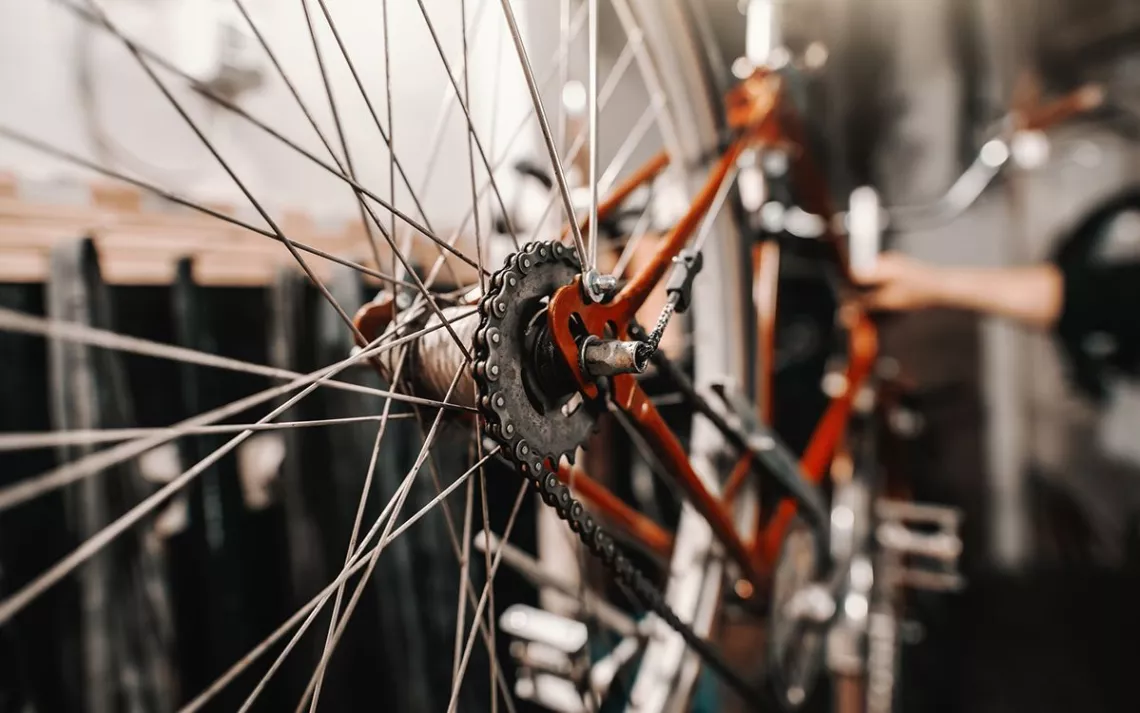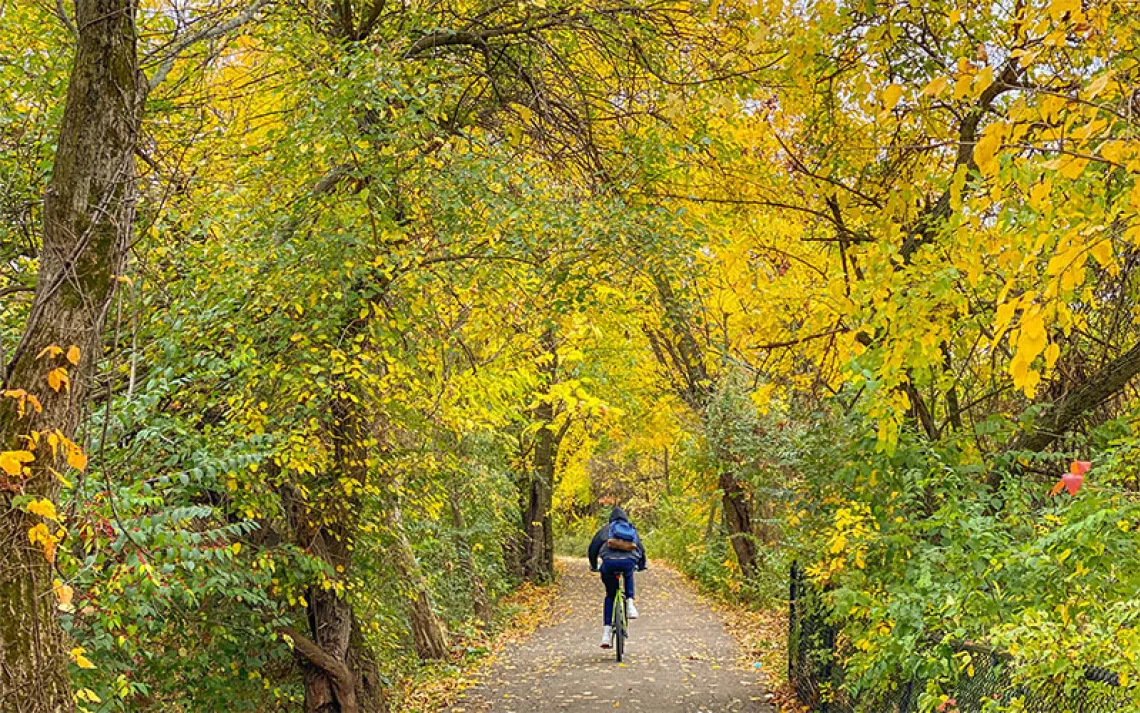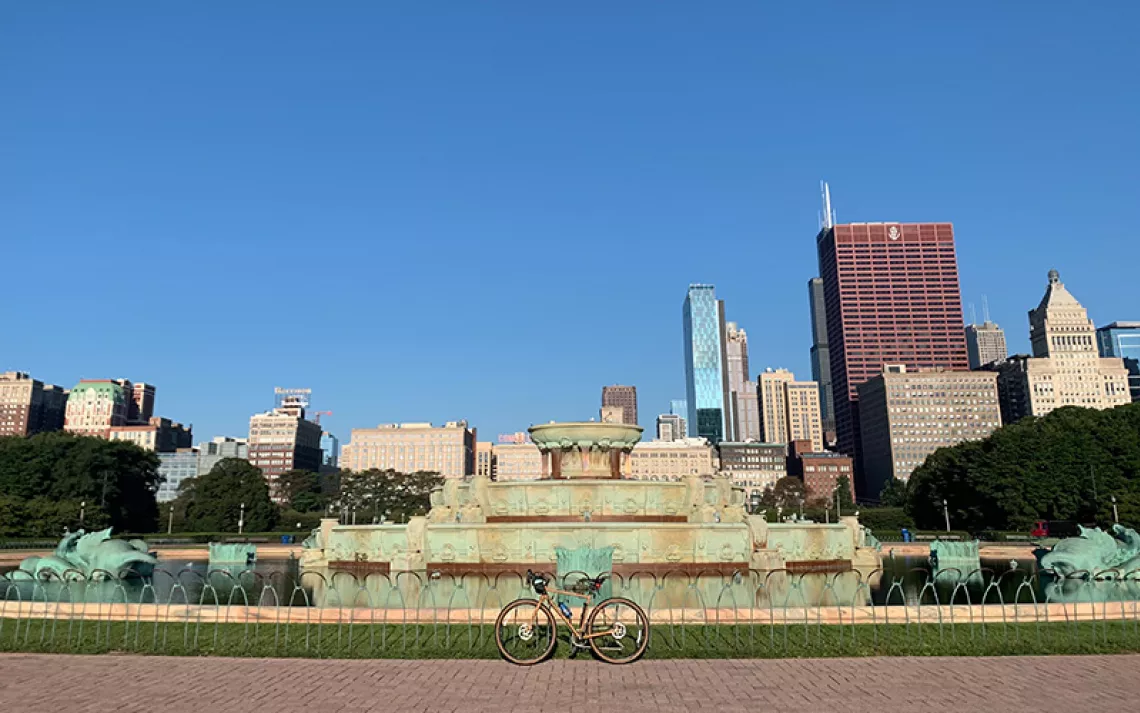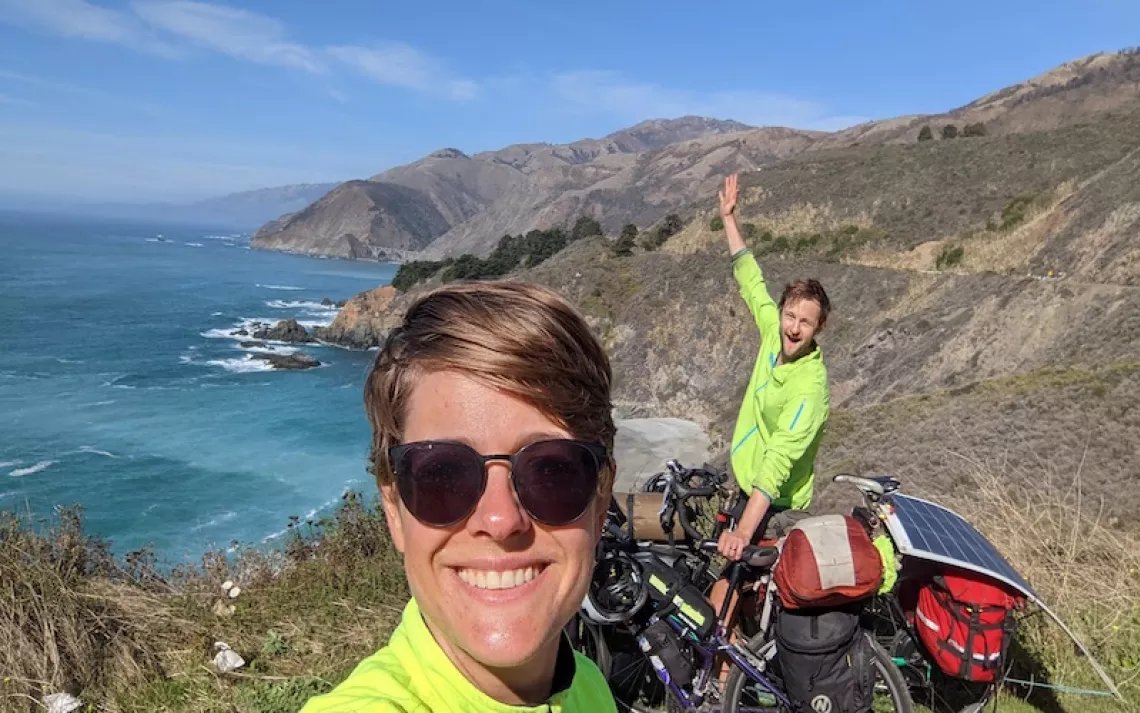How to Buy a Good Used Bike
Get ahead of the supply chain crisis with five proven strategies
If you’re in the market for a bicycle, join the club: In these pandemic times, Americans eager for exercise purchased bikes in astounding numbers. Between January and March this year, they bought 78 percent more bikes than during the same period last year. That demand isn’t getting any help from ongoing supply chain snags that are slowing down the import of new bike parts. And those shortages for new bikes aren’t expected to ease until the end of 2022, at the earliest.
Don’t be tempted to buy just anything in a fit of desperation. Patience, and careful consideration, can save you from going home with a lemon. Here are a few buying tips, with input from used-bike experts.
Know what you’re looking for. Before you even start shopping, educate yourself on the different types of bikes—mountain, road, hybrid—so you know what to look for when you do start browsing. Are you looking for a commuter bike? Do you live in an area with lots of hills, or will you mostly be cruising on flat, paved surfaces? Do you plan to start bike camping?
Then, figure out what bike size is right for you. Riding the wrong-size bike can cause discomfort at best and at worst can lead to injuries. There are a few approaches to figuring out your size—based on your height and the type of bike you’re buying—but in general, “a frame is the right size if it puts the grips, pedals, and saddle in a place where the rider is comfortable while riding,” says Ikaika Cox, director of the Salt Lake City Bicycle Collective. Otherwise, he recommends searching YouTube and other online guides for tips on sizing a bike and adjusting seat height.
Shop from a reputable retailer. Once it’s time to get shopping, avoid listings on Craigslist and Facebook Marketplace, says Cole Lalomia, communications and marketing coordinator at the Community Cycling Center in Portland, Oregon. “It’s hard to know what you’re looking at unless you have a lot of experience with bikes. The best way to buy a used bike is to go to a shop that sells used bikes,” he says. There, the experts can help you find the right fit and swap out any parts.
Beware of common used-bike fed flags. While most major cities have used-bike shops, they’re certainly not as common in smaller towns or rural areas. If you’re navigating the wilds of buying a used bike from an individual seller, there are a few red flags to consider.
The biggest one is to avoid buying a stolen bike. Both Lalomia and Cox recommend searching the stolen bikes listings on Bike Index, the national bike registry, before you buy. Apart from that, Cox says, “rattle-can paint jobs are a dead giveaway” that the bike is stolen. “Ask the seller background questions—like when and where did they get the bike, why they're selling it, etc. Also, bike shops will typically put their sticker somewhere at the bottom of the seat tube or down tube. If there is one, ask the seller if they'd recommend that shop. Avoid the bike if the story stops making sense.”
When inspecting your prospective purchase, be sure to pay close attention to the moving parts of the bike—the chain, peddles, derailleur, wheels, and brakes. Some wear and rust is acceptable if it’s limited to the frame of the bike, Lalomia says. “There’s a difference between surface rust and structurally degrading rust. If something is supposed to move and it’s rusted, there’s a good chance that it’s not going to work as well as when it’s not rusted.” That said, frame rust “could be an indication that the rest of the bike isn’t in the best shape.”
Cox adds that buyers should “avoid department store bikes altogether. Stick to reputable bike shop brands.”
Know how to test the bike. The seller should be willing to let you test ride the bike. When you’re in the saddle, there are several things to keep an eye—and an ear—out for. “Listen for creaking or groaning, which can generally indicate poor lubrication and even cracks in the frame,” Cox says. “Inspect the tires; if they look worn or show cracks, they need to be replaced. Make sure the brakes work well. Make sure you can shift through all the gears. Inspect for play in the bearing systems.”
While not all of these things are deal-breakers, you should factor maintenance and replacement parts into the price of the bike.
Some notes about repairs and tune-ups: “The ideal used bike is one that hasn’t been ridden much,” Lalomia says. So, be sure to ask the seller about the bike’s history—when and why they bought it, how much they rode it, and whether any maintenance has been done recently. “Ideally, you won’t have to replace anything on the bike.”
It’s expected that a bike will need some adjustments and lubrication—the standard services included in a tune-up, Lalomia says. Bike shops can provide this for between $40 and $120. Once you venture into more involved repairs or outright part replacements, your budget will increase significantly. You want to avoid spending more to fix the bike than it cost you to buy it in the first place.
Ultimately, Cox says, “If a deal seems too good to be true, it probably is.”
 The Magazine of The Sierra Club
The Magazine of The Sierra Club




